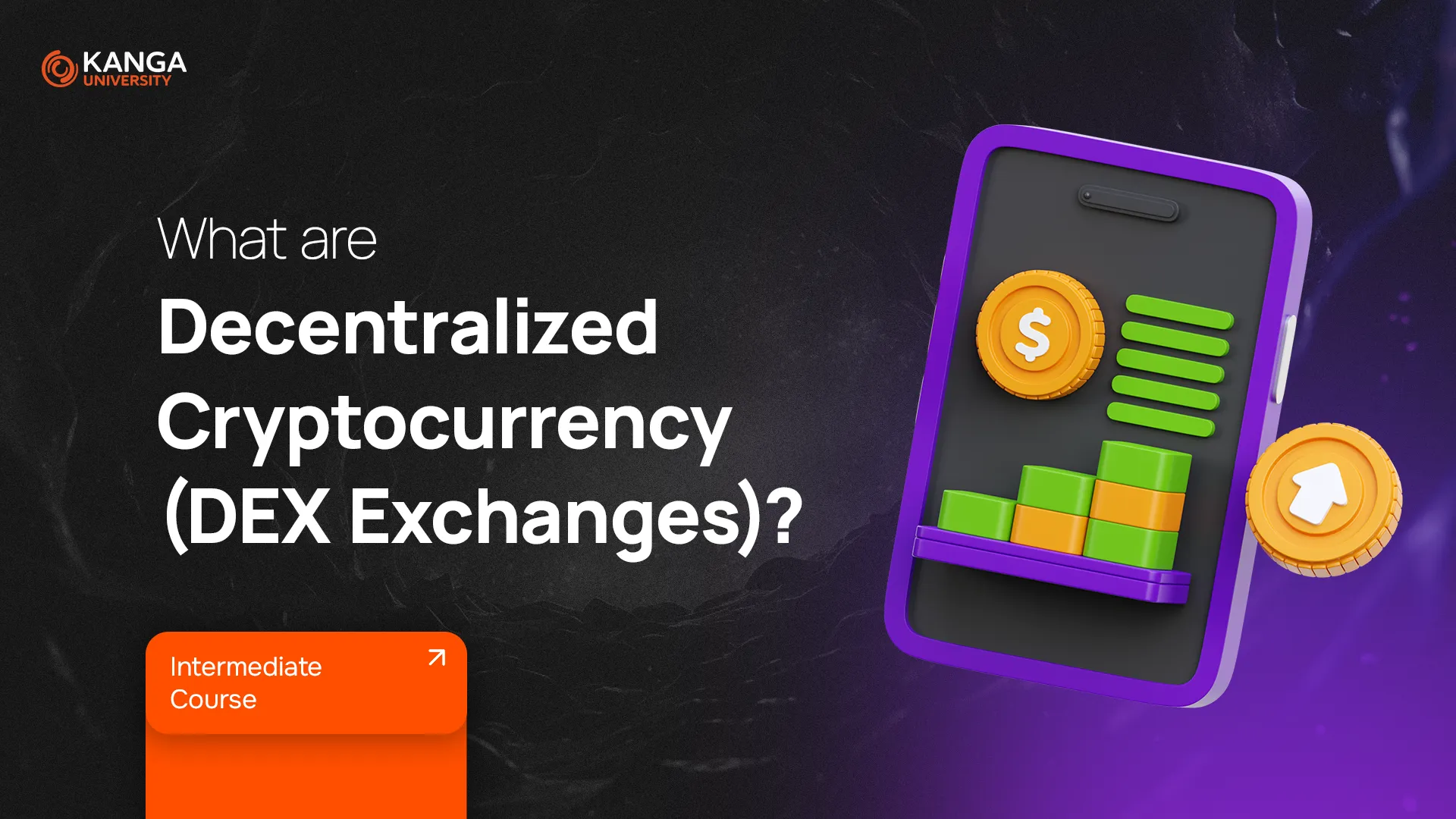
A few years ago, most crypto trades happened on centralized platforms like Binance or Coinbase. But today, more and more users are turning to DEXs, or Decentralized Exchanges — platforms where you trade crypto without handing over your funds or identity to a third party.
So how do DEXs work, why are they gaining popularity, and what are their pros and cons? Let’s break it down.
What is a DEX?
A DEX (Decentralized Exchange) is a platform that lets you trade cryptocurrencies directly with other users, without any centralized authority in charge. There’s no company holding your assets — everything runs automatically through smart contracts on a blockchain.
Here’s what that means in practice:
-
No account needed – you don’t register or complete identity checks (KYC)
-
You keep full control of your funds – nothing is stored on the exchange
-
Your data stays private – no email, no password, no tracking
How Do DEXs Work?
Instead of relying on traditional order books and matching engines, DEXs use liquidity pools and algorithms to execute trades instantly. You interact directly from your wallet, and the trade happens automatically.
Many DEXs also offer extra earning opportunities, like:
-
Staking – locking your crypto to earn rewards
-
Yield farming – earning income by providing liquidity to others
DEX Pros and Cons
| Pros | Cons |
|---|---|
| Full privacy — no registration, no KYC | No customer support if you make a mistake |
| You control your crypto — nothing stored on the exchange | Lower liquidity than major centralized exchanges |
| More resistant to hacking — there’s no central server to attack | No central authority to resolve disputes or freeze stolen funds |
| Open access — global, decentralized, and censorship-resistant | Smart contract bugs can still be risky |
Are DEXs Truly Decentralized?
While DEXs are designed to be decentralized, it’s important to look closely. Some platforms still rely on oracles (external data providers), or use admin keys to update their code — both of which can introduce centralized points of control.
Still, most reputable DEXs use open-source smart contracts that anyone can inspect. And when those contracts are well-audited and free of backdoors, DEXs are generally much harder to hack than centralized exchanges.
Most Popular DEXs in 2025 (as of June)
Uniswap
Runs primarily on Ethereum and also supports Arbitrum, Optimism, Base, Polygon, Avalanche, and BNB Chain.
With V4, “hooks” have become standard, enabling users to deploy advanced custom liquidity strategies. TVL on Uniswap now exceeds USD 8.5 billion.
PancakeSwap Infinity
Formerly PancakeSwap V4, now also live on Ethereum and Arbitrum.
Offers ultra-low fees, advanced CLAMM and LBAMM pools, and full “hooks” support. Enhanced gamification features and NFT integrations continue to attract new users.
SushiSwap
After 2024’s restructuring, focuses on modular DeFi.
SushiXSwap enables bridge-free trading across 30 blockchains and lets users choose between speed and maximum returns. The interface has been simplified and is now available in 12 languages.
1inch
An aggregator for the best rates across EVM networks.
Fusion+ enables gas-free trades via a Dutch auction model and MEV protection. Monthly trading volume through 1inch now tops USD 4 billion.
Curve Finance
Specializes in stablecoin and staking-token swaps (stETH, rETH, cbETH).
Curve V2 introduced crvUSD, its own stablecoin with an advanced liquidation mechanism. Total TVL on Curve stands at about USD 7.2 billion.
GMX
A derivatives DEX on Arbitrum and Avalanche offering up to 50× leverage.
No traditional order book means minimal slippage even on large trades. Liquidity providers have earned over USD 120 million in fees.
Balancer
In V3, allows creation of multi-token pools in any ratios.
“Boosted Pools” allocate part of the capital to external protocols for higher yields. Now also live on Avalanche, where its TVL reaches USD 1.1 billion.
Summary
If you value privacy, self-custody, and global access, DEXs are worth exploring. They let you trade directly from your wallet, without giving up your funds to a company or passing KYC checks.
But freedom comes with responsibility. If something goes wrong, there’s no support ticket. You’re your own bank — which is empowering, but also requires caution and knowledge.
